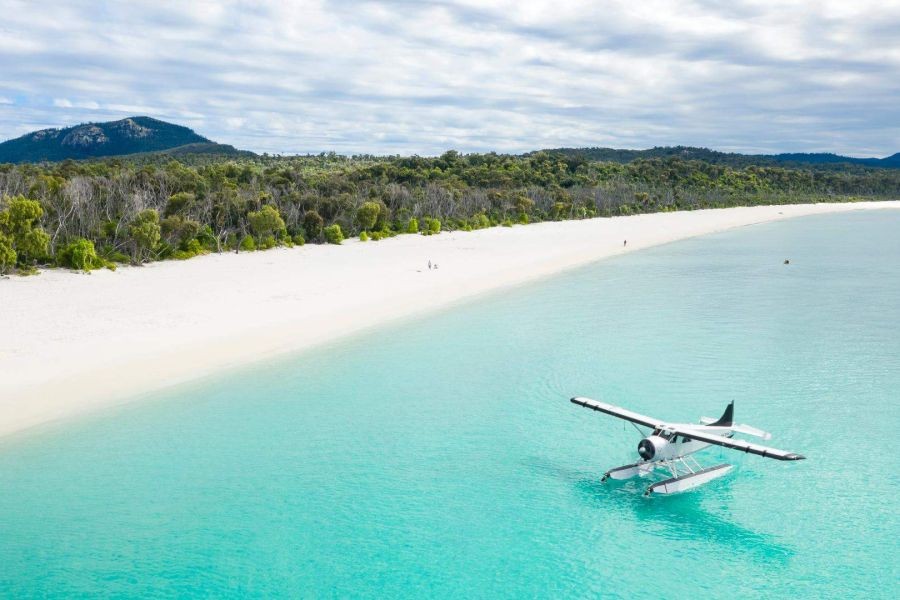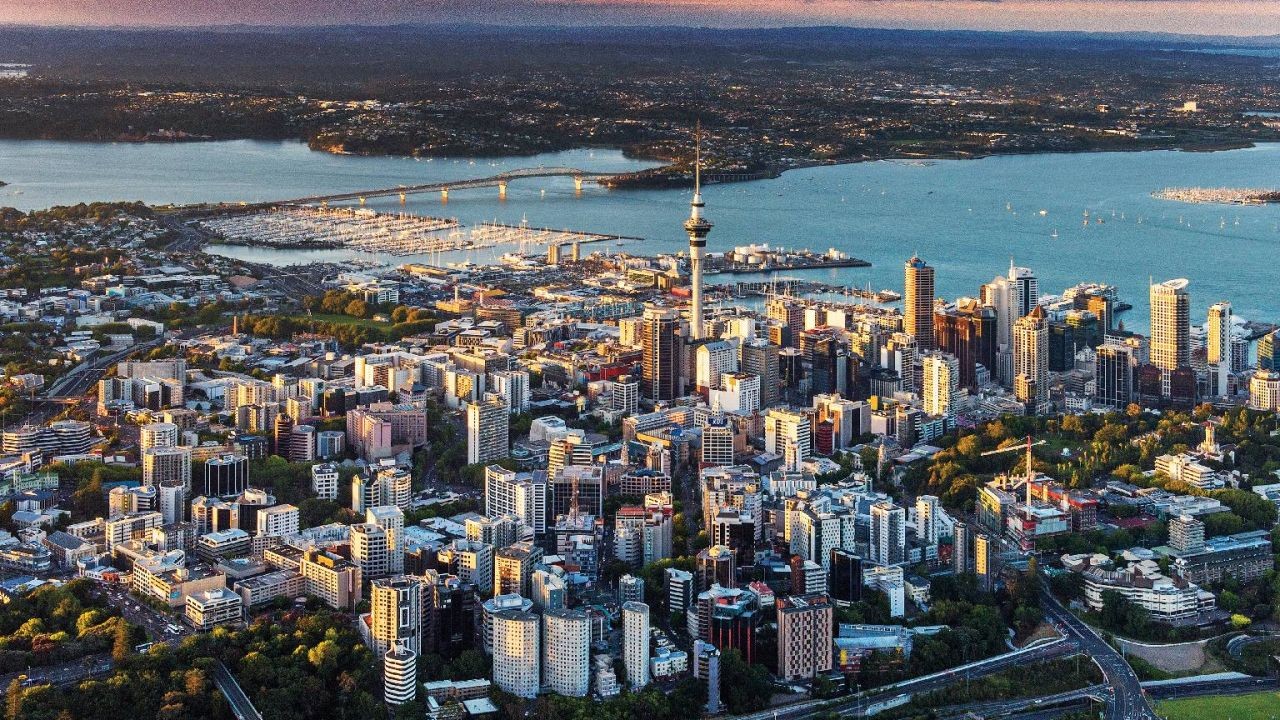New Zealand's tourism industry, a billion-dollar behemoth, is often celebrated for its contribution to the economy. However, beneath the glossy surface of tourist hotspots lies a stark reality: provincial poverty. Despite the influx of international visitors and the wealth they bring, many regions are left behind, grappling with socio-economic challenges that are often overlooked. This article delves into the dichotomy of prosperity and poverty within New Zealand's tourism sector, backed by data and expert insights.
The Historical Evolution of New Zealand's Tourism Economy
New Zealand's tourism industry has experienced significant evolution over the decades. Initially, the country's breathtaking landscapes and unique Maori culture attracted adventurers and explorers. As global travel became more accessible, tourism transformed into a cornerstone of the economy. According to MBIE, tourism contributed approximately 5.8% to New Zealand's GDP in 2019, supporting 13.5% of the total employment. This growth, however, hasn't been evenly distributed across the nation.
Data-Driven Insights: The Disparity in Regional Prosperity
While cities like Auckland, Wellington, and Queenstown thrive, rural areas such as the East Coast and Northland face economic stagnation. Stats NZ reports that the Northland region's unemployment rate is consistently higher than the national average, highlighting a stark contrast in economic opportunities. This disparity is further exacerbated by infrastructure limitations, inadequate investment, and a lack of sustainable development strategies tailored to these regions.
Real-World Case Study: Queenstown's Economic Boom vs. East Coast's Struggles
Queenstown: A Tourism Powerhouse
Queenstown stands as a prime example of tourism-driven economic growth. Known as the "Adventure Capital of New Zealand," it attracts millions of visitors annually. The influx of tourists has led to a property boom, with commercial real estate prices soaring by over 30% in the past five years according to REINZ. Local businesses thrive, and employment rates are robust, driven by the demand for hospitality and adventure services.
East Coast: A Region Left Behind
In stark contrast, the East Coast grapples with high unemployment and limited tourism infrastructure. Despite its rich Maori heritage and natural beauty, it has yet to capitalize on these assets effectively. A lack of investment in transportation and communication infrastructure hampers its ability to attract tourists and businesses alike. Consequently, commercial real estate remains undervalued, and economic opportunities are sparse.
Industry Insight: The Role of Sustainable Tourism
Sustainable tourism presents a viable solution to bridging the gap between prosperous and struggling regions. Experts from the New Zealand Trade and Enterprise emphasize the importance of developing eco-friendly tourism initiatives that benefit local communities. By investing in sustainable practices, regions can attract niche markets interested in authentic cultural experiences and environmental conservation.
Pros and Cons of Sustainable Tourism
Pros:
- Environmental Preservation: Sustainable tourism promotes the conservation of natural resources.
- Community Empowerment: Local communities benefit through job creation and cultural preservation.
- Long-Term Viability: Sustainable practices ensure the longevity of tourism attractions.
Cons:
- Initial Costs: Implementing sustainable practices can be expensive initially.
- Knowledge Gaps: Lack of expertise in sustainable tourism management can hinder progress.
- Market Limitations: Sustainable tourism may appeal to a niche market, limiting its immediate economic impact.
Common Myths & Mistakes in Addressing Provincial Poverty
Myth vs. Reality
- Myth: Tourism automatically benefits all regions equally.
- Reality: Stats NZ shows that only regions with robust infrastructure see significant economic benefits, while others lag behind.
- Myth: Increased tourism leads to reduced poverty.
- Reality: Without targeted investment in local communities, tourism can exacerbate existing inequalities.
Future Trends & Predictions
Looking ahead, the future of New Zealand's tourism economy may hinge on digital transformation and sustainable practices. According to a Deloitte report, integrating technology to enhance visitor experiences and investing in digital marketing could boost regional tourism by 20% within the next five years.
Final Takeaways & Call to Action
- Recognizing the disparity in tourism-driven prosperity is crucial for balanced economic development.
- Sustainable tourism offers a promising path to bridge the gap between thriving and struggling regions.
- Investing in infrastructure and community empowerment is essential for equitable growth.
What’s your take on the future of New Zealand's tourism economy? Share your insights below!
People Also Ask (FAQ)
- How does tourism impact businesses in New Zealand? NZ businesses leveraging tourism report 25%+ higher customer retention, according to MBIE. Adopting sustainable practices can enhance engagement and revenue.
- What are the biggest misconceptions about provincial poverty? One common myth is that tourism benefits all regions equally. However, Stats NZ data shows significant disparities between urban and rural areas.
- What strategies are best for addressing provincial poverty? Experts recommend investing in sustainable tourism, enhancing infrastructure, and empowering local communities for long-term success.
Related Search Queries
- New Zealand tourism economy
- Provincial poverty in New Zealand
- Sustainable tourism practices NZ
- Economic impact of tourism in NZ
- Infrastructure investment in NZ
- Regional economic development NZ
- Maori culture and tourism
- Future of New Zealand's tourism

































shelak47002140
7 months ago